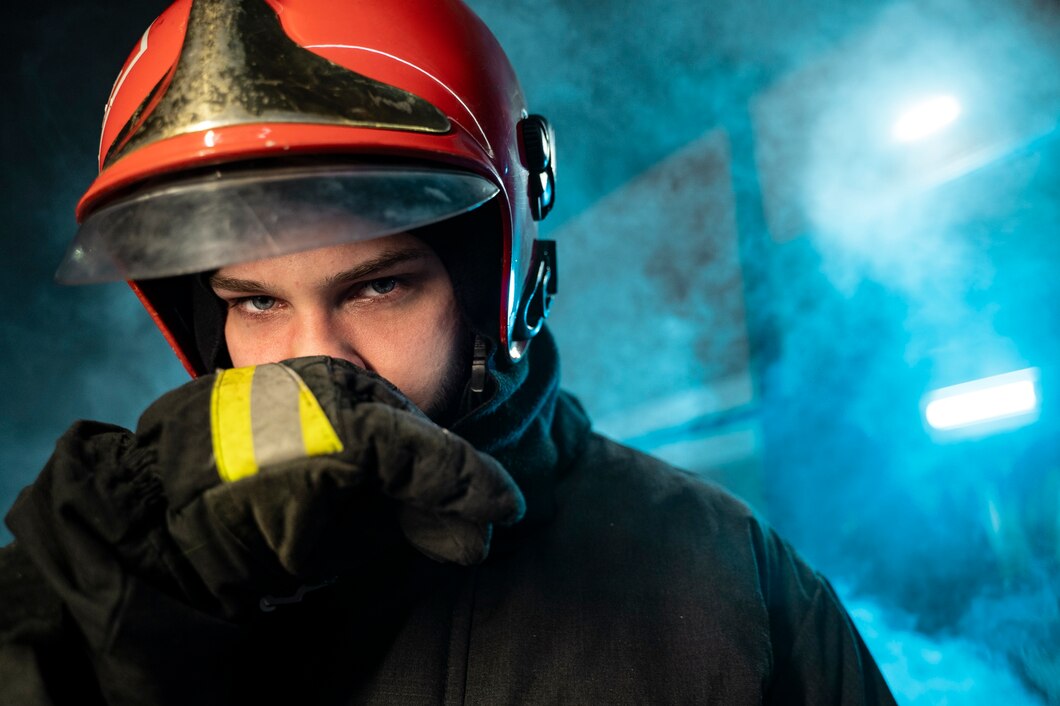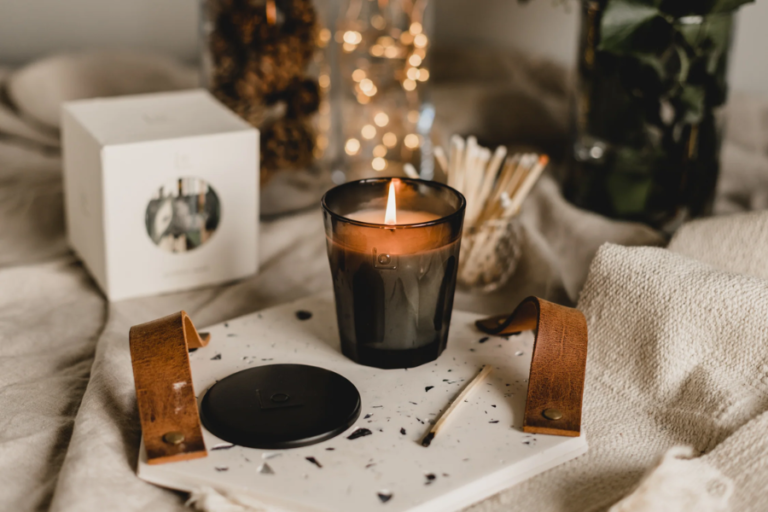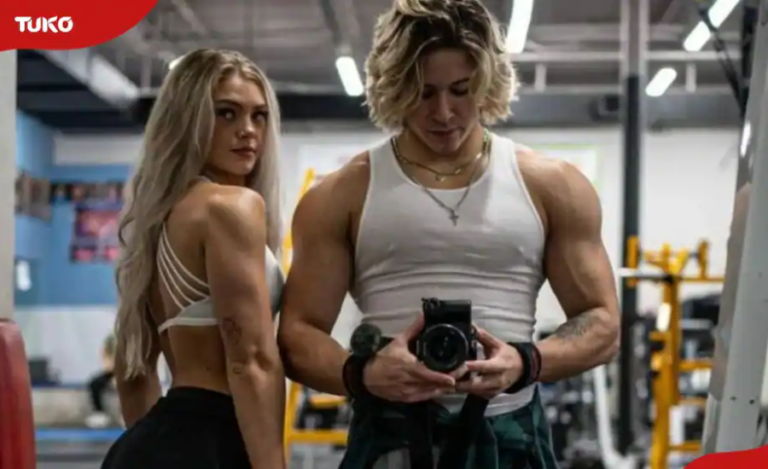Maximizing Your Practice with a Pistol Dry Fire System
The pistol dry fire system helps to improve your shooting skills. It doesn’t matter if you’re new or have been shooting for years. Using real-like targets, practicing with moving drills, and simulating stressful situations can greatly help you during training. Paying attention to specific practice and keeping the routine versatile lets you become more accurate and self-assured. This article examines helpful ways that can lift your dry fire practice and take your shooting to a higher level.
Use Realistic Targets
Using realistic targets in dry-fire training is vital. These targets improve visualization and simulate real shooting scenarios. You might use smaller targets to represent different distances, making your practice more relevant. For instance, silhouette targets train you to shoot accurately under stress. Reactive targets, meanwhile, provide immediate feedback. Additionally, incorporating a pistol dry fire system improves your training experience by allowing you to practice safely while still feeling the mechanics of firing.
This approach builds skills such as quick target spotting and maintaining focus—key abilities for fast responses. This type of practice polishes your shooting skills and increases confidence. With realistic targets, your dry-fire exercises are more likely to mirror actual shooting conditions, improving both skill and ease with the firearm.
Incorporate Movement Drills
Once you are comfortable with basic weapon handling, start to include movement in your dry-fire exercises. Adding dynamic drills that require you to move can greatly improve your shooting skills and readiness for actual events. For instance, practice drawing your weapon while you move to a protective position or fire while walking.
These actions mimic real scenarios where moving quickly is crucial. Focus on side-to-side steps and moving forward or backward without losing your aim. This boosts your precision and trains you to maneuver through difficult settings. Moreover, such drills help you adjust swiftly to unexpected changes, a critical ability in self-defense. By blending movement with training, your practice becomes more effective and mirrors real-life challenges, enhancing your overall skill set.
Record and Review Your Sessions
Recording your dry-fire training using a smartphone or camera can greatly improve your shooting skills. Watch the footage after each session. This allows you to see what needs improvement—be it your grip, stance, or trigger control. Footage reveals patterns in how you shoot, things you might miss as you practice. It’s also motivating. Watching yourself progress can encourage you to improve further. Make reviewing a regular part of your training. It ensures constant growth and better shooting skills, helping you advance continually in proficiency.
Practice under Stress
Incorporating a timer into your dry-fire training is essential. It simulates the urgency found in real-life crises. Use timers to set strict time constraints for each drill, boosting both speed and precision when under stress. Adding realistic elements, such as sudden sounds or disturbances, can also heighten the training intensity. These interruptions challenge your focus and your ability to adapt swiftly. Such high-pressure practice sessions prepare you mentally and physically for real scenarios. They build confidence and skill, making you adept at staying composed and making sharp decisions in various situations.
Vary Your Training Routine
To improve your shooting skills and avoid plateauing, it’s vital to update your practice routine regularly. Try varying the skills you work on the targets you use, and incorporate different movement drills to keep sessions engaging. For instance, one week could be dedicated to speed drills and another to precision shooting. This approach allows you to broaden your capabilities.
Introducing new techniques, such as malfunction handling or defensive shooting situations, is essential for continuous self-challenge. Such diversification not only maintains interest in your training but also helps push your limits further. Keeping your routine fresh ensures that every practice session contributes significantly to improving your overall shooting prowess. By consistently changing up your practice activities, you stay motivated and support ongoing improvement, which is crucial in advancing your skills as a shooter.
Conclusion
Putting these plans into your dry fire training will make you a better and more confident shooter. Using real-life targets to train under stress provides multiple benefits. Each one of the tips mentioned above helps you improve your skills. Changing up your routine makes the training more fun and useful, making sure that you keep getting better. By spending time on these methods, you give yourself a chance to do well on the range or in everyday life situations. Stick to it and see how your shooting skills rise high.
Discover the latest news and updates on Ny Heading!






